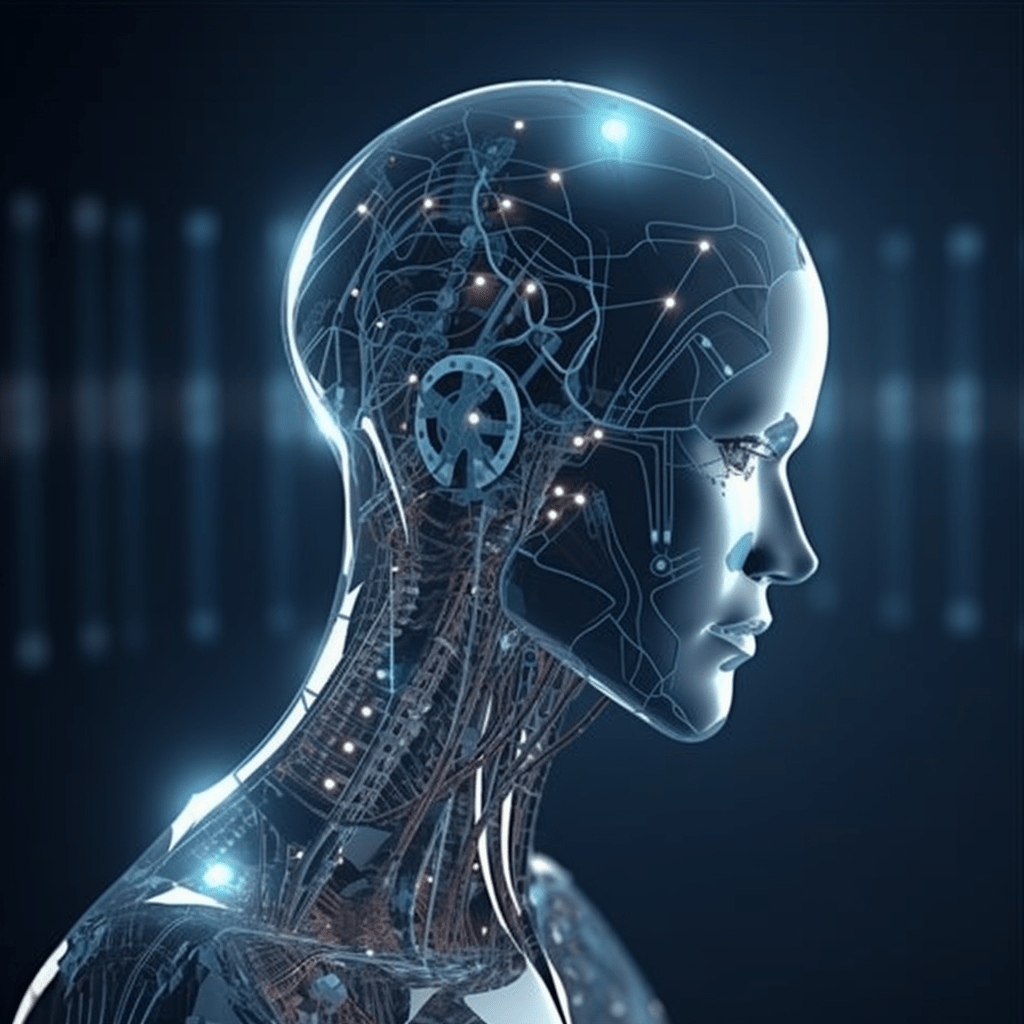
LLM Meaning and Applications in Machine Learning
Embarking on a journey through the realm of machine learning, we’ll uncover the importance of Large Language Models (LLM).
As we delve deeper, we’ll discover how these powerful models are revolutionizing various aspects of artificial intelligence. And also how they’re transforming the way we interact with technology.
Unraveling the LLM Meaning in AI and Machine Learning
These powerful models have revolutionized natural language processing and text generation, enabling advancements in various AI applications.
For example, OpenAI’s GPT-4 model, a prominent LLM, can translate languages, write essays, and generate computer code with minimal supervision.
LLMs have come a long way since the introduction of transformer models in 2017. Which then laid the foundation for LLM development and made 2018 a “watershed moment” for natural language processing.
Today, companies like Meta are furthering the field by releasing their own LLMs, such as LLaMA (Large Language Model Meta AI), to support AI research.
LLM in Machine Learning: Key Architectures and Models
In the domain of machine learning, LLMs leverage cutting-edge neural networks, particularly transformers. Among the renowned LLM machine learning models, GPT-4, BERT, and OpenAI Codex stand out as prime examples.
These models have driven significant advancements in AI. Further enabling the creation of powerful applications and tools that rely on natural language processing and text generation capabilities.
Understanding How LLMs Work
Training LLMs involves researchers using enormous amounts of data to enable these models to learn effectively. At their core, LLMs rely on deep learning techniques to analyze context and token relationships within the data.
These techniques include tokenization and embedding of input text, positional encoding, and encoder and decoder components of transformers.
In order to understand thoroughly the inner workings of transformers, I would suggest checking out the paper that introduced them – Attention is all you need.
As a result, LLMs can generate human-like text and comprehend natural language, making them invaluable for a variety of natural language processing tasks.
Applications of LLMs in AI and ML
LLMs play a crucial role in AI and ML applications, particularly in natural language processing and text generation.
As AI and ML capabilities continue to advance, the importance of LLMs keeps growing. Further enabling more intelligent and nuanced understanding of human speech, including syntax, semantics, and context meanings.
These models leverage deep learning and multi-layered neural networks to process, analyze, and make predictions with complex data, simulating human-like conversational responses.
Therefore, making them ideal for a virtual assistant or a chatbot. Today, one of the most prominent chatbots avalable is ChatGPT, which gained in popularity in record speed ever since it went online.
Future Prospects and Directions for LLMs in Machine Learning
LLMs in machine learning offer exciting possibilities and research opportunities, as these models continue to advance and achieve state-of-the-art performance in a variety of natural language processing tasks.
With models such as PaLM, ChatGPT, LaMDA, and GPT-4, LLMs are breaking new ground in language understanding and generation.
As the size and computing requirements of LLMs grow, their capabilities to perform complex tasks are expected to expand even further.
However, potential challenges and ethical concerns arise when deploying LLMs in real-world applications.
As these models become more advanced and capable, it is essential to address their limitations, possible biases, and the consequences of their use.
Conclusion
In summary, LLM meaning in machine learning revolves around Large Language Models, which are transforming AI and ML. Keep exploring the fascinating world of LLMs and their applications across various fields.


